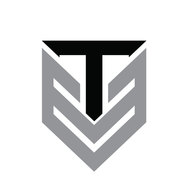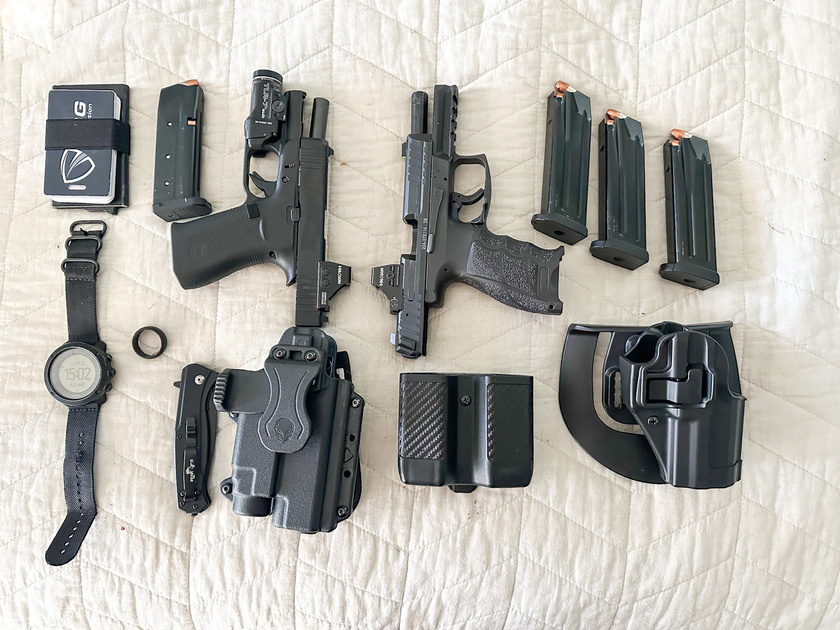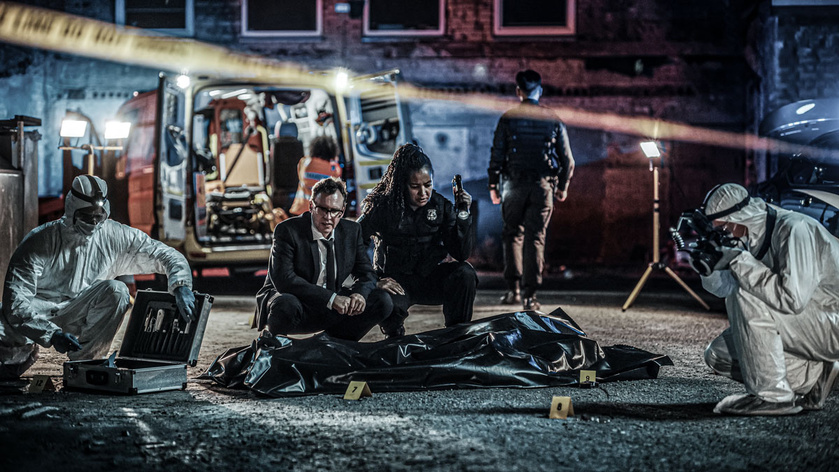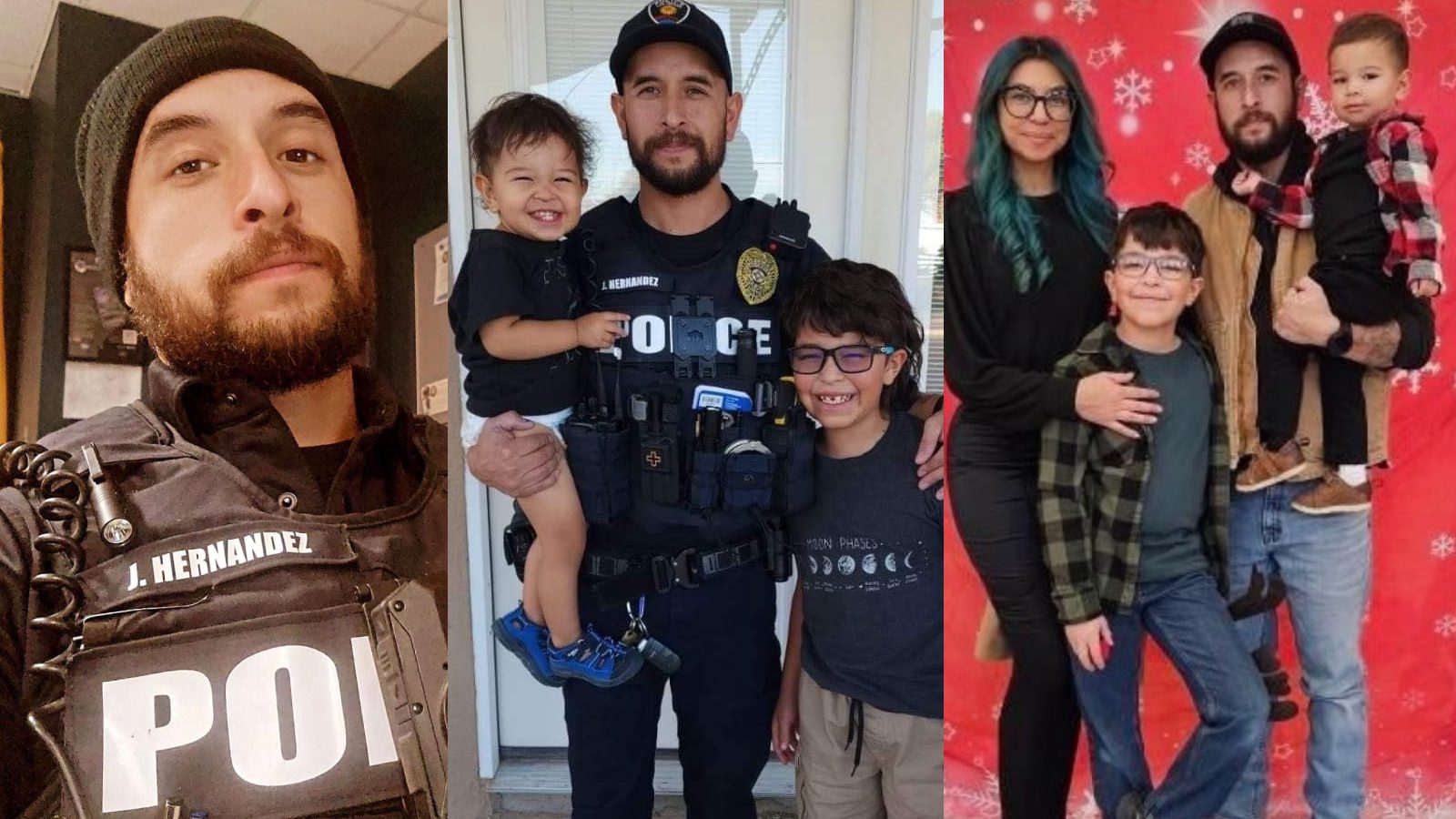


On Sunday, February 11/24 at approximately 1700 hrs, Las Cruces Police Department Officer Jonah Hernandez was brutally murdered in the line of duty. He was working alone and had responded to a trespass call at a place of business in Las Cruces, New Mexico. Once Hernandez arrived on scene, he observed and approached a lone male subject on foot. The male subject then suddenly attacked Officer Hernandez with a kitchen butcher knife and was stabbed multiple times. He was survived by his loving wife and two sons. The oldest boy is ten years old and the youngest is two.
A male civilian witnessed the attack and after retrieving the pistol he had secured in his vehicle, he approached the suspect and ultimately neutralized the threat he had encountered. The civilian then used Officer Hernandez's police radio to call for emergency medical response.
Our deepest sympathies go out to the Hernandez family, his wife, and most certainly his two sons who will never again hear his voice, feel his reassuring touch, or navigate life with ...
Who we are, why we are here, and what you can expect from us. Welcome to the community.
WARNING: This video contains graphic violence.
"On Friday The Las Cruces Police Department released body worn camera footage of Officer Jonah Hernandez being attacked which led to his death
Hernandez was responding to a trespassing call at 355 South Valley Drive at the intersection with Amador Avenue, and was stabbed to death by 29-year-old Armando Silva.
It is about this moment that Silva notices another individual approaching him. On Thursday, LCPD identified 29-year-old Isaiah Astorga as the man who intervened in the attack killing Silva."
Debrief Commentary:
There is always something to learn when we debrief an incident. While we want to be cautious not to criticize, we do want to evaluate the actions of others so we can learn from their experiences.
When we are called to deal with someone, we really never know what that person is going through, what they are dealing with, how they are doing at that moment, whether they are armed, what their intentions are and so on. Even if we know ...
TSG Protection just completed an Executive Protection assignment protecting Riley Gaines, the keynote speaker at a recent event in Florida. Riley came to prominence when she raced Lia Thomas, a biological male that identifies as a woman in an NCAA national level swim meet. She was credited with the NCAA making a ruling prohibiting biological males from competing in women sporting events in the NCAA.
Riley has become a target of liberal extremists and her being booked for this event, resulted in threats being received.
This podcast is about how we prepared for the assignment and what we look for in an executive protection agent for high risk or high profile clients.
The two weeks leading up to Holy Week and the Easter Weekend there was a constant flow of security concerns. Russia experienced a mass shooting and Isis claimed responsibility. France, Sri Lanka, and many other countries talked about beefing up their security for Good Friday and Easter Sunday due to the volume of "red flag" activity being ten times higher than it was prior to the 911 attack on the World Trade Center.
The information and warnings were wide spread globally as well as across the USA so many working security teams as well as law enforcement agencies stepped up their defenses.
Outside of some fireworks being thrown into church in Las Vegas, Easter weekend played out like almost any other weekend. No major attacks, no jihad, just the remembrance of Jesus Christ being crucified on the cross then celebration of his being resurrected on Sunday.
So did we over-react?
And how will we approach the next rumors of threats?
I share my thoughts in this episode of the ProtecTraining ...
I wear a Security uniform and exposed weapon when I protect our church and school, and because of that I have some iteration of this conversation at least once a day.
Protected Person: Why are you here and what do you wear all that for?
Me: Hello. I help protect the school and church.
Protected Person: Did something happen that you have to wear all those gadgets?
Me: No Sir/Maam, I am here to prevent something from happening. I am here to protect you and your family, the kids that go to school here and the teachers, and anyone else that may need it.
And from there, the conversation can go in any number of directions but I always do my best to turn it into a positive and friendly experience while giving them some measure of peace.
Our world has changed and having armed agents serving is a necessary component to any house of worship or school in our country, and around the world.
In this episode of the ProtecTraining Podcast I discuss the issue and offer some suggestions on how to ...
I had the honor to be the primary agent protecting a great American man tonight at a fundraiser in Vero Beach, Florida.
This was my loadout. Not a lot of extras, just the important stuff if things hit the fan. This was the kind of event the most wealthy and successful citizens attend and local law enforcement had site security, I was only responsible for the keynote speaker.
If something were to go wrong and I needed to respond, it would most likely have been a very serious threat.
So, I carried a backup firearm, and a knife and given the circumstances I chose to run without body armor, however, I should have worn it even though there were no active threats on the principle. My job is to be a human shield if neccesary and I can’t absorb many rounds and still be an effective protector without body armor. It was hot, and I had significant distances to move if attacked so I opted to be more agile and not overheated. I chose to take a risk but it was an unnecessary one and a bad decision on my...

It's been a long time coming and many wondered if those responsible for slow rolling the law enforcement response to the Uvalde, TX school mass shooting two years ago would be brought to justice. It took a while, but ex-Uvalde School Police Chief Pete Arredondo and officer Adrian Gonzales were charged with Child Endangerment last week. News story below.
Monday morning quarterbacking done by armchair warriors who have never been there and have never done the work provides nothing of value beyond inflating the speaker with a false sense of value and importance.
Careful evaluation by those who have done the work and chose to make a study of it for the benefit of others, however, can add value if approached with the intent to learn rather than criticize.
With that in mind, we offer you Debrief, a new section in our ProtecTraining Locals channel this week where we evaluate events experienced by others to learn what works, what could be done differently, and why. The sole purpose is to learn how we can be more effective and safer in our chosen profession.
Look for the first video and debrief coming this week.


- Updated protection levels:
- The old classifications (II, IIIA, III, IV) have been replaced by new "HG" (handgun) and "RF" (rifle) levels.
- HG1 and HG2 replace II and IIIA.
- RF1, RF2, and RF3 replace III and IV.
- RF2 is a new intermediate rifle rating.
- Improved testing for women's armor:
- Includes specific test requirements for body armor designed for women to account for different fits.
- Considers angled hits and angles from a seated position.
- More rigorous conditioning and testing:
- Soft armor conditioning now includes submersion in water to better simulate water resistance.
- New tests address edge-strike performance and blunt force trauma.
- Hard armor testing now specifies exact hit locations, including multi-curve plates.
- Faster response to new threats:
- The new structure separates test methods (Standard 0101.07) from threat specifications (Standard 0123.00).
- This allows the NIJ to update threat ammunition and levels (in Standard 0123.00) more easily without changing the core testing protocols in Standard 0101.07.
- Improved safety: The new standards are designed to be more effective and better reflect the threats officers face.
- Classifications are easier to understand: The new HG and RF classifications are intended to be more straightforward than the previous levels. HG=Handgun and RF=Rifle.

- August 11, 2025: In Hazel Park, Michigan, a security guard was kidnapped and duct-taped during a break-in at a cannabis facility. The guard was restrained by a group of intruders but was not reported injured. Source: Local 4 News
- August 12, 2025: In Crown Point, Tobago, a security guard was stabbed multiple times during an attack at a fast-food restaurant on Sunday morning (August 10). The guard is in stable condition. Source: Guardian TT
- August 13, 2025: In San Antonio, Texas, a security guard fatally shot a man during an argument behind a South Side body shop. The incident occurred in the early morning hours. Source: KABB FOX 29
- August 13-14, 2025: In Queens, New York, a 37-year-old security guard at a Single Room Occupancy (SRO) facility was stabbed to death during a dispute over overnight guest rules. Source: Yahoo News
- August 14, 2025: In Stanton, California, four Los Angeles men were arrested in connection with the fatal shooting of a security guard near a bar. The incident occurred outside a nightlife establishment. Source: OC Register

When choosing a firearm for personal protection, and especially when choosing a duty weapon, buying the cheapest gun you can find is not often your best option. This is a tool that has to work properly every time you draw it. It should also be easy to operate and durable. You should be able to find spare magazines easily and quickly as well as holsters, and you should have easy access to someone certified to repair it if something gets broken.
Everyone has their preferences and some are just loyal to a brand of weapon for the same reason they are loyal to a brand of vehicle. For this particular podcast episode I sat down with Shawn Sullivan, a military veteran, former first responder, professional pilot, and gun dealer that does executive protection details with me. Shawn carries the Sig P365L when doing executive protection and I carry the Glock 43X. Shawn owns both and my next pistol purchase will be the P365L or XL because it's an excellent weapon, like my Glock 43, just different.
In this podcast we compare the two weapons, what we like and don't like in the event our listeners are in need of a good sub-compact for work or personal protection and want to know the difference.
Todays episode of brought to you by EDCStore.com












